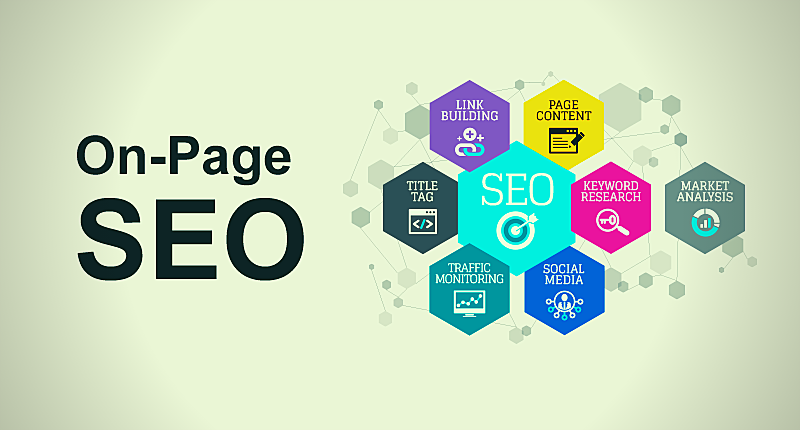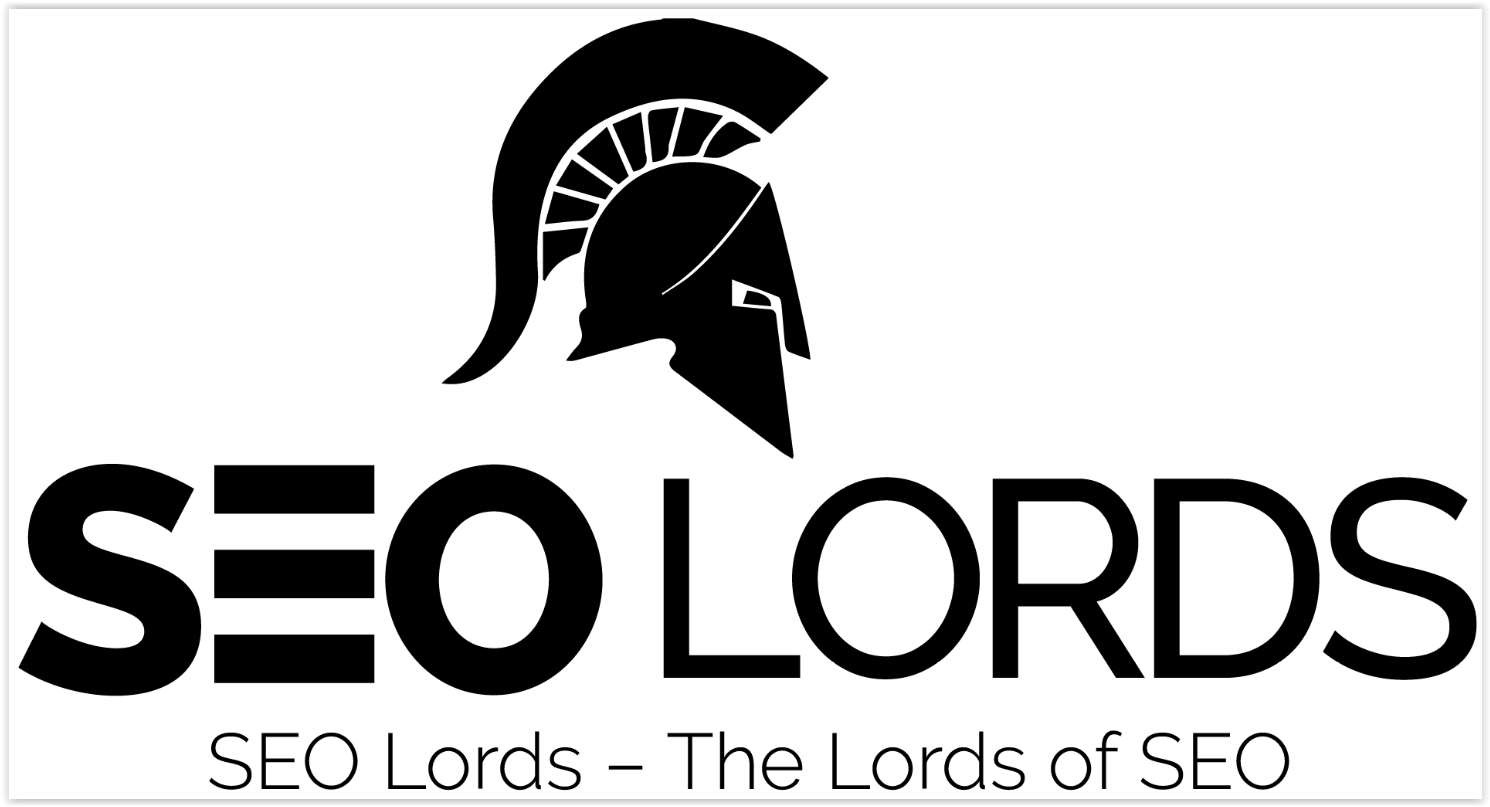
SEO (Search Engine Optimization) has a vital role in getting the top rankings in the search engine results. The entire SEO process is lengthy and complicated, and it requires time to manage all the factors that are important for getting higher rankings in SERP.
That’s why; SEO experts split this process into two parts, i.e., On-Page SEO and Off-Page SEO. But in this article, we discuss only On-Page SEO along with all the essential factors so that you can understand the importance of On-Page SEO.
Usually, website owners or online store owners hire an SEO expert to tackle the SEO of the site. They have to deal with many other matters and don’t have much time and expertise to deal with this lengthy process.
Many SEO experts offer On-Page SEO and Of Page SEO services for website owners or online store owners, and they are fully responsible for ranking the site as per the requirements of the website owner.
Visit this page if you need On-Page SEO services for your website. This service provider offers some additional benefits that are not provided by others. You will get lifetime licenses, along with regular updates, of different plugins/software that are required to make your site secure and helps for getting higher rankings.

What is On-Page SEO?
On-Page SEO is an optimization process of various front end and backend elements as per the requirements of the search engine.
This entire process is done by remaining over the website only. It not only helps to improve the
rankings of websites in search results. But also beneficial to make it user friendly so that readers can easily find their desired article or product from the website.
On-Page SEO comprises of different factors that we will discuss below:
1. Content Optimization
Content is the primary factor that has a substantial impact on the rankings in the search engine. Experts call it a king in the field of On-Page SEO. That’s why every SEO expert focuses mainly on the quality of content. Search engines like Google offer preference to websites that upload high-quality content regularly for its readers.
The term high quality means that the content is defined and explains the title of the post. It must be free from irrelevant information that differs from the title and could be a reason of time wastage of readers.
If it is the case, the reader will never revisit your website because the reader assumes that this website contains fake information.
Furthermore, the content must be unique and not identical to articles that are already published by other websites. In the past, website owners practices using the writings of others and use excessive keywords for getting higher rankings. This technique is known as the black hat SEO technique, and it works, but it reduces the quality and purpose of the article.
That’s why; search engines update their algorithms to tackle this problem. Now, the search engine crawler automatically detects the level of plagiarism and informs the search engine about it. Search engines make necessary changes and adjust the rankings as per the quality of content as compared to others.
Also, search engines consider the length of the articles and the frequency of publishing new articles while allotting rankings. It gives the preference to sites that upload high quality and lengthy articles but at regular intervals.
2. Keyword Optimization
Keywords are another vital factor in On-Page SEO optimization. In the past, keywords were the king for getting the higher rankings in the search engine results. But it loses its importance because many website owners and SEO experts practice keyword stuffing, which is another technique of black hat On-Page SEO.
Website owners fill the entire article with a bunch of keywords with the sole purpose of earning through ads. As a result, the quality of content goes down, and readers see only keywords instead of useful and relevant information.
That’s why search engines algorithms are updated accordingly to avoid damage to the quality of content. Now, search engine crawlers detect the keyword stuffing and inform the search engine about it that harms the rankings in SERPs.
- Things To Consider While Selecting The Keywords
The following are the few things that you must consider while selecting the keywords for your site.
- Select keywords that are relevant to your title and the rest of the article
- Must consider the intent of the reader and select the keywords accordingly
- Try to select keywords with high organic volume
- Use keywords with low SEO difficulty because it helps to rank easily especially for new websites
- Try to use long-tail keywords for getting quality visitors (we will discuss long-tail keywords later in this article)
- Must consider the target location or audience while selecting keywords
- Try to use the standard frequency of keywords in the article. The best frequency of keywords is 2% that is widely practiced by On-Page SEO experts.
- Types Of Keywords
There are two types of keywords, i.e., short tail keywords and long-tail keywords. Let’s take a brief look at both types.
- Short Tail Keywords
Keywords that comprises of up to three words are known as short-tail keywords. This type of keywords offers high search volume as well as excellent On-Page SEO difficulty.
Usually, short tail keywords are less useful as compared to long-tail keywords. Because the organic traffic comes on the site by using short tail keyword may use this keyword as a part of a long-tail keyword.
For example, “Best Soft Shoes” is a short tail keyword, but it is less specific because it doesn’t mention for whom shoes are required. Instead, use “Best Soft Shoes For Kids” can describe the matter and catch useful visitors.
- Long-Tail Keywords
Keywords that comprises of four or more words are known as long-tail keywords. This type of keywords offers more specific consent about topics or products but offers low search volume. It is relatively easy to rank on these keywords and helpful for getting relevant traffic.
3. Title And Description Optimization
Title optimization is crucial because it informs the search engines as well as site visitors about the purpose of page or post. It tells them what type of information is available in this article or post.
Description of the post is essential; it is the part that a search engine displays in the search results along with the title of the post. That’s why I always try to summarize the article in a short paragraph.

Search engine crawlers read the first 170 words of the description and pass this information to search engines for ranking purposes.
Usually, searchers select the links from the list by reading the title and description of the post. Therefore, On-Page SEO experts recommend using the primary keyword in the title of the post so that readers and search engines know about the post quickly.
4. Image Optimization
Images always remain an essential part of any post or page from the beginning of websites. It not only helps to improve the appearance of the page or post but also beneficial for getting organic traffic from image searches.
Image optimization is an integral part of On-Page SEO optimization. SEO experts recommend using image alt attributes properly by using keywords in that. If you can use a short description of about 170 words, search engines provide preference in image base results.
Also, I always try to use images with the lowest resolution and size of the image. Because using the large size image with high resolution, it will increase the burden of the site, and ultimately, the site loading speed will reduce. It has a negative impression not only on the readers but also on search engines because they don’t like the sites with high loading times.
5. URL Optimization
URL has its importance in the field of On-Page SEO. It not only helps to describe the subject/purpose of the article but also informs the search engine about the article.
Always try to use the title of the post in the URL of that post. Some website practices use article numbers instead of titles.
6. Internal Linking
Internal linking is the process of using the links of other posts or pages of your website in the article. It helps to improve the number of page views as well as helps to reduce the bounce rate.
It tells both the readers and search engines, about relevant information available on other posts or pages. Visitors like to gather information from the single site instead of searching another site in the search engines.
Also, you can use the links from other websites to assure search engine crawlers about the topic of the post.
Conclusion
You must have to do proper On-Page SEO if you want to rank your website in search engine results. Many website owners want to do it by themselves, but they don’t know how to do On-Page SEO.
Hopefully, the above discussions make it straightforward for website owners, and they can easily start the SEO of their website. If you have any queries about On-Page SEO, please contact us here.



